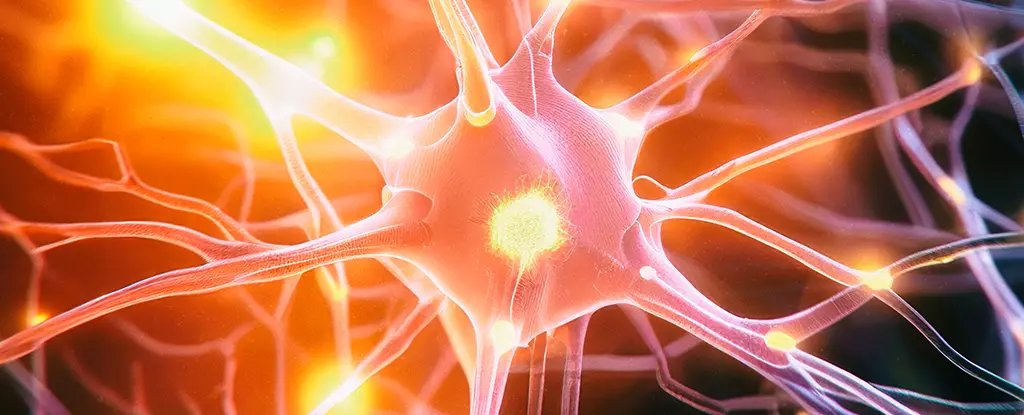Parkinson’s disease is primarily recognized for its debilitating motor symptoms, which typically manifest as slowness, rigidity, and involuntary tremors. However, this neurodegenerative disorder extends beyond motor control, significantly affecting cognitive faculties and emotional states. Individuals battling Parkinson’s often experience cognitive decline and mood disorders, making it crucial to investigate therapies that address these symptoms. Recent research has uncovered a drug, PNA5, that holds promise for mitigating cognitive symptoms in Parkinson’s models, a breakthrough that could redefine treatment strategies.
PNA5 is a short peptide developed in response to findings surrounding a critical receptor that regulates blood pressure. Preliminary studies have shown that blocking this receptor can enhance memory retrieval in cases of vascular dementia. This inspired researchers at the University of Arizona to explore the peptide’s effects on mice exhibiting Parkinson’s-like symptoms. The unique properties of PNA5, including its targeted action towards the receptor and metabolic safety, provide a strong basis for its potential therapeutic use.
The investigation involved detailed assessments of both the cognitive performance and brain tissue of treated mice. The results were compelling, indicating that PNA5 not only reversed some cognitive decline but also protected against detrimental changes within the brain. Specifically, the treatment resulted in diminished activity of microglia, immune cells known to exacerbate cognitive deficits when excessively activated.
Neurobiologist Kelsey Bernard highlights the dual approach provided by PNA5: while it targets cognitive impairments directly, it simultaneously aims to protect the brain from ongoing degeneration. Through research, it was revealed that administering PNA5 enhanced both recognition memory and spatial working memory in the experimental mice. Additionally, there was a marked slowing of neuronal loss in the hippocampus, a crucial area tied to memory and learning.
This protective effect hinges on the modulation of microglial activity. Under normal circumstances, microglia serve as the brain’s first defense line, responding to injuries or infections by producing pathways to block damage. However, in the context of ongoing neurodegeneration, such as that observed in Parkinson’s disease, these cells can become overactive, causing more harm than good. By reinstating a state of equilibrium in microglial function, PNA5 could mitigate inflammation and, consequently, tissue damage, thereby preserving cognitive capabilities.
Path Forward: Safety and Efficacy in Humans
Though these preclinical findings are encouraging, significant challenges remain before PNA5 can transition from laboratory research to clinical application. Ensuring the safety and effectiveness of this drug in human subjects is a critical next step. The pharmacokinetics of PNA5 — how the body metabolizes and transports the molecule — must be studied extensively to predict its efficacy in the complex environment of the human brain.
With Parkinson’s disease affecting a considerable number of individuals, particularly warning that about 25-30% of newly diagnosed patients exhibit mild cognitive impairment, the urgency for effective treatments is palpable. Current treatments for motor symptoms do little to address cognitive decline, emphasizing the necessity for innovative therapies like PNA5.
Hope for the Future
While promising results from studies on PNA5 provide a glimmer of hope, they serve as a reminder of the broader context of Parkinson’s disease research. Ongoing studies and breakthroughs in understanding neurodegeneration are essential to unlocking new treatment avenues. The journey from bench to bedside can be lengthy, but initiatives like this one inspire optimism for future therapies that may one day enhance the quality of life for those living with Parkinson’s disease.
As research progresses, the scientific community remains vigilant in their efforts to provide not just management for motor symptoms, but holistic treatments that can address the multifaceted challenges posed by this relentless disease.

